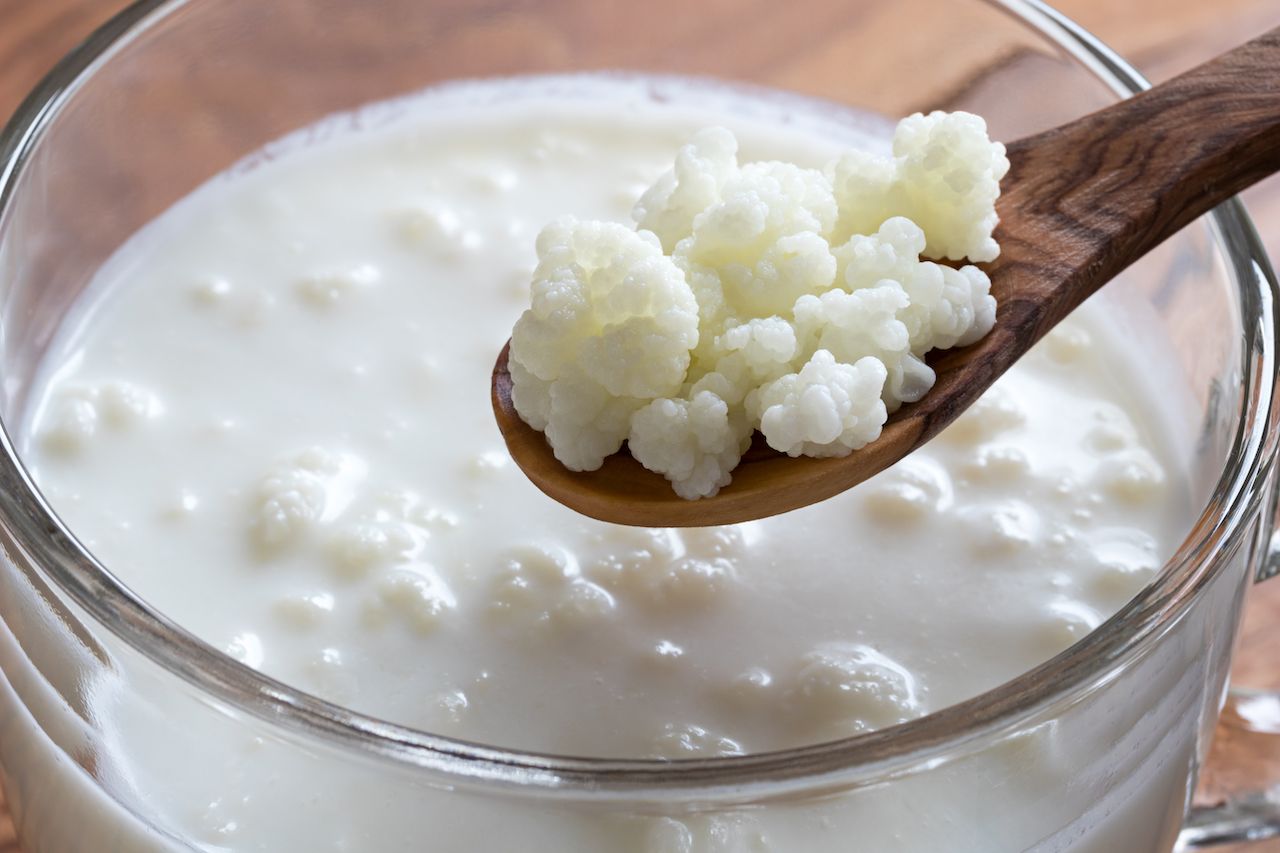Kombucha has achieved near-universal renown when it comes to fermented probiotic drinks. Even if you’ve never thought about gut health, you’ve likely tried kombucha or at least heard the claims that this tonic is transformative.
Yet there’s another fermented and probiotic-packed beverage that’s been used for thousands of years by nomadic cultures that hasn’t reached the same level of acceptance: kefir. And its origins are the stuff of legend.


